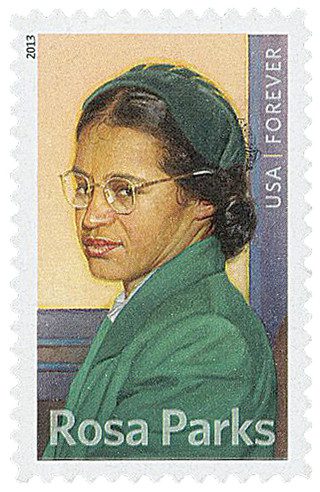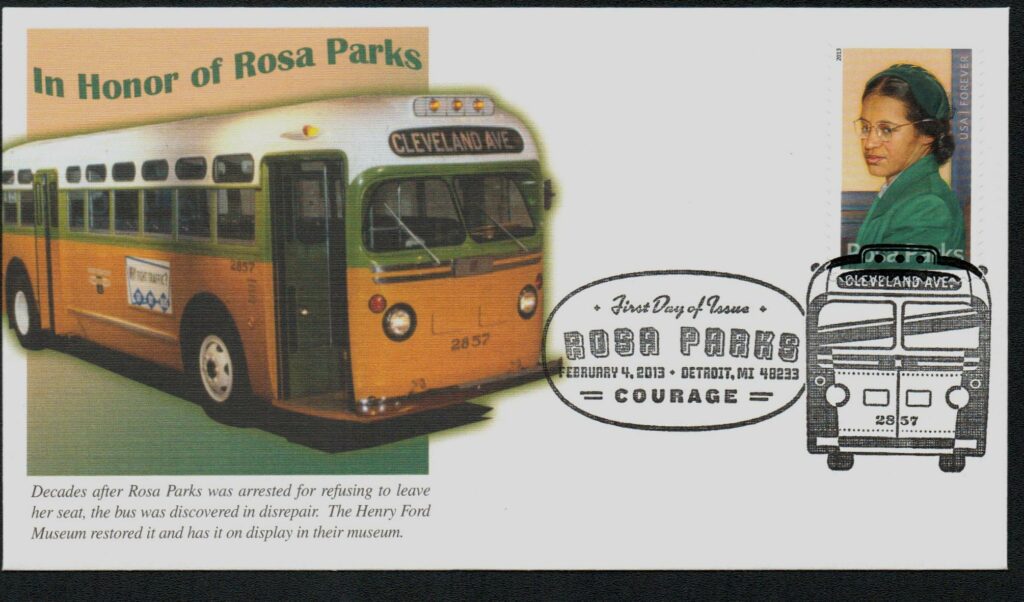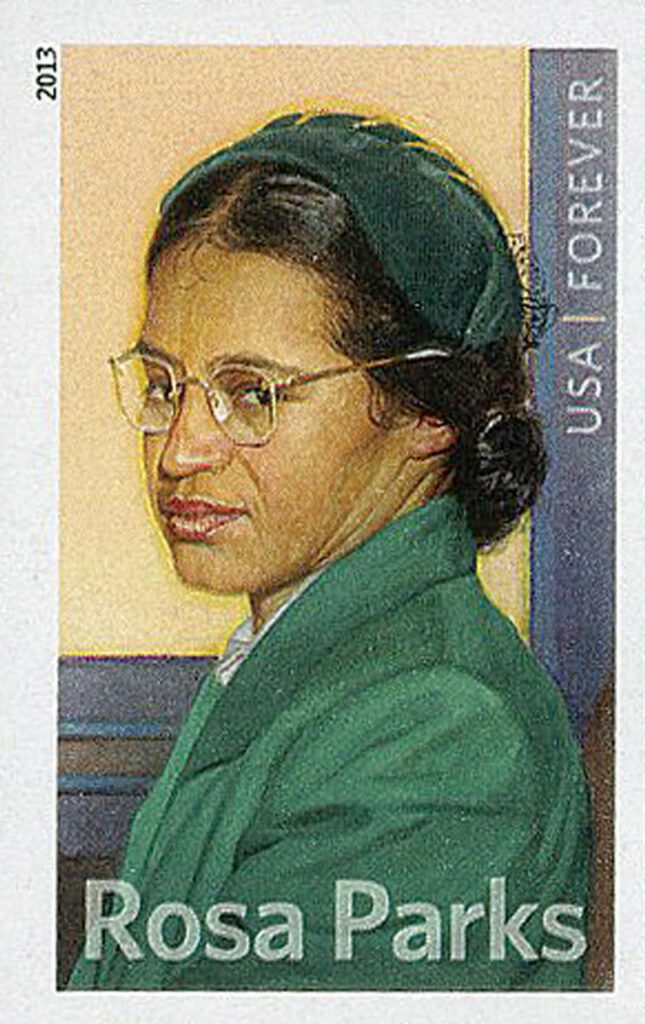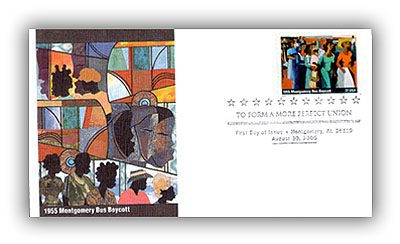
The Civil Rights Movement took a major step forward on November 13, 1956, when the Supreme Court ruled that the bus segregation in Montgomery, Alabama, was unconstitutional.
The path to desegregation really kicked off with Rosa Parks. Parks grew up in Alabama at a time when segregation was a way of life. She attended poorly-funded schools for black children, while the white students went to newer schools. She dropped out of high school to care for her mother and grandmother, who were both ill. Later, she earned a high school diploma – something only seven percent of African Americans were able to do at the time.

In 1943, Parks and her husband joined the Montgomery chapter of the NAACP (National Association for the Advancement of Colored People). She later became the organization’s secretary. During the summer of 1955, Parks attended the Highlander Folk School, which trained activists working for racial equality.
On December 1 of that year, Parks put her training into practice. After finishing her shift as a seamstress in a local department store, she boarded a city bus and sat in the “colored” section. When the white-only seats were filled, the driver told the passengers in Parks’s row to give up their seats. She refused to move and was arrested.
Parks was charged with disorderly conduct and violating a local ordinance, even though there was no law stating a passenger was required to give up their seat if the bus was crowded. She decided to appeal the ruling. Parks later said, “There was opportunity for me to take a stand to express the way I felt about being treated in that manner.”
Black community leaders formed the Montgomery Improvement Association to organize a Monday bus boycott to protest Parks’ arrest. They elected a new minister, Martin Luther King Jr., as president. Word of the boycott spread through fliers and Sunday sermons. It rained on Monday, but African Americans held to their commitment and walked or carpooled to work and school. At a meeting Monday night, people voted unanimously to maintain the boycott. Drivers with cars transported people who ordinarily used the buses. The boycott continued, month after month.

The appeal process progressed slowly through the Alabama courts. The bus boycott continued for over a year, severely damaging the bus company’s finances. Finally, on November 13, 1956, the Supreme Court ruled that the Alabama state and Montgomery city segregation laws were unconstitutional under the equal protection clause of the 14th Amendment. On December 20, the court ordered the city to integrate its buses. That same day, Martin Luther King Jr. announced that the protest was officially over and that the city’s African American citizens should return to riding the bus. Rosa Parks was one of the first to ride the desegregated buses the following day.
According to Martin Luther King Jr., Rosa Parks provided the catalyst for change. She began a movement that led to the Civil Rights laws of the 1960s. Parks later received the Presidential Medal of Freedom and the Congressional Gold Medal for her work.
| FREE printable This Day in History album pages Download a PDF of today’s article. Get a binder or other supplies to create your This Day in History album. |
Discover what else happened on This Day in History.



